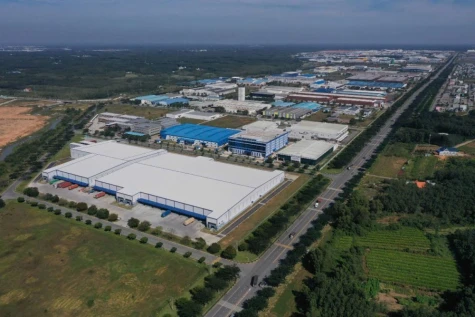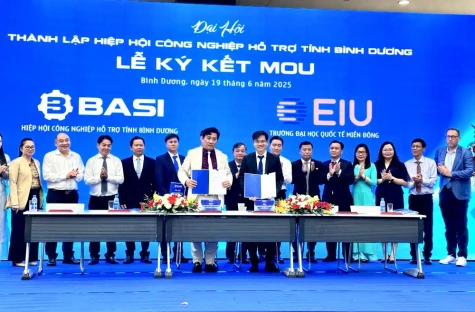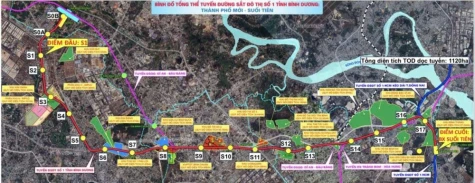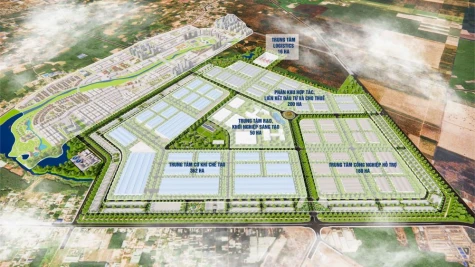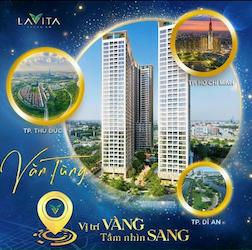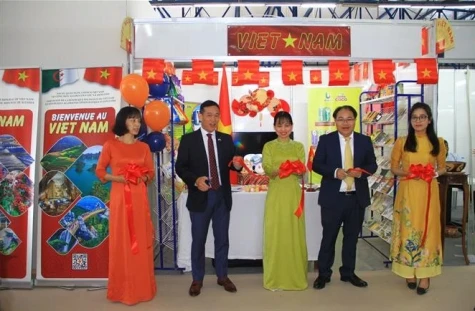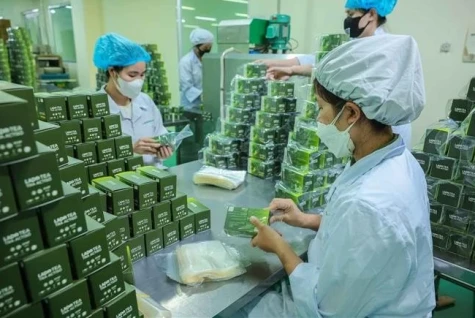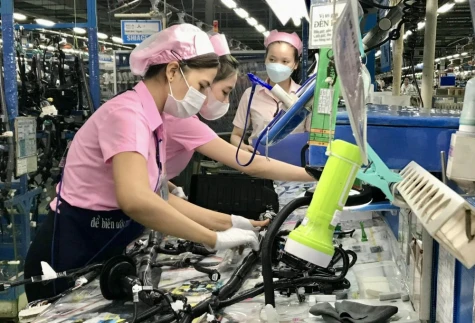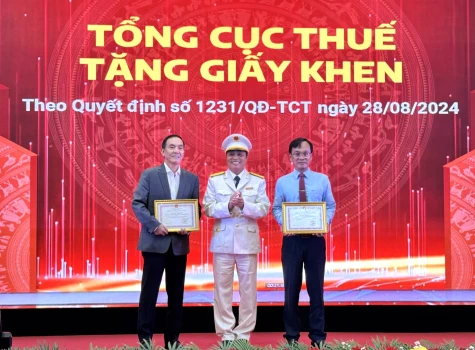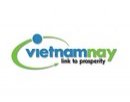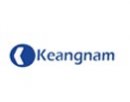To enhance competitiveness, Binh Duong province is expanding its industrial land reserves, mobilizing all available resources to invest in a modern and synchronous infrastructure system associated with industrial-urban-service development. This strategy serves as a catalyst to attract high-quality investment projects to the province.
Maximizing advantages
Currently, Binh Duong province-based industrial parks (IPs) feature a modern, synchronous infrastructure system in prime locations adjacent to key routes linking Ho Chi Minh city and neighboring regions. These advantages have drawn investment from major corporations and multinational enterprises. According to enterprises, Binh Duong remains an attractive investment destination, proving that along with a continuously improving business environment, the province’s industrial and traffic infrastructure is increasingly reinforcing its appeal for investment and production expansion.

During a recent working session with provincial leaders, Louise Schack Elholm, Head of the Economic and Trade Committee of the Danish Parliament emphasized that Danish enterprises are particularly interested in investing in Binh Duong. Leading Danish corporations such as Lego, Pandora, Ecco and Scancom have chosen Binh Duong for investment, due to its outstanding infrastructure advantages compared to other localities.
According to provincial leaders, Binh Duong has continued pursuing sustainable IP development under the “3-in-1” model combining IPs, urban areas and service areas. To realize this vision, the province is further expanding its industrial land reserves and mobilizing all available resources to develop a modern, synchronous infrastructure system in association with industrial-urban and service development, thereby driving the attraction of high-quality investment projects from domestic and international economic sectors.
Enhancing new appeal
To attract high-quality investment projects, Binh Duong province-based IPs are being upgraded to meet new standards. The current occupancy rate of the local IPs is relatively high, prompting a shift in investment attraction strategies towards specialized, eco-friendly and smart IPs. By integrating advanced technology and promoting investment in low-carbon IPs that meet international standards, Binh Duong aims at becoming a prime destination for major global corporations. Simultaneously, large-scale infrastructure investment projects, especially those with inter-regional impacts such as National Highway 13, belt roads 3, 4 of Ho Chi Minh city, Ho Chi Minh city - Thu Dau Mot - Chon Thanh expressway... being implemented in the province promise to increase new attractiveness for investors.
The province's investment in infrastructure development and traffic systems has ensured seamless connectivity between the local IPs, accelerated the flow of goods, facilitated transportation and helped reduce logistics costs. This has not only strengthened connectivity within the Southeastern region, but also linked Binh Duong with the Mekong Delta and Central Highlands regions, fostering socio-economic growth across the region.
Notably, provincial People's Committee has recently approved the pre-feasibility study report for urban railway No. 1. This will be Binh Duong's first metro line, connecting Binh Duong New City with Suoi Tien in Ho Chi Minh city over a length of 32.43 km, with the maximum speed of 120 km/h and total investment of approximately VND 64.37 trillion. The project is expected to commence construction in 2027 and begin operation in 2031. The starting point will be at Station S1, located in the center of Binh Duong New City in Thu Dau Mot city’s Hoa Phu ward and the endpoint will be at Suoi Tien Bus Station, which is part of Ho Chi Minh city's Metro Line 1 in Di An city’s Binh Thang ward. This metro line will pass through four cities of Tan Uyen, Thu Dau Mot, Thuan An and Di An, featuring 19 stations and one depot located in Tan Uyen city’s Phu Chanh ward.
Vo Van Minh, Vice Secretary of provincial Party Committee and Chairman of provincial People’s Committee stressed that in order to continue effectively attracting investment, Binh Duong is focusing on building and modernizing its traffic infrastructure. This includes prioritizing key regional and provincial arterial roads. He emphasized that inter-regional traffic projects currently underway or set to commence soon will alleviate congestion and create a significant economic development boost for the province. Regarding Urban Railway Line No. 1 from Binh Duong New City to Suoi Tien in Ho Chi Minh city, provincial People's Committee Chairman affirmed that this is the province's first metro project, so it is necessary to soon complete dossiers and submit them to the National Assembly for approval of the investment policy in May.
To develop traffic infrastructure towards urbanization, build Binh Duong smart city in the period of 2021-2025, with a vision towards 2030 and 2050, Binh Duong is prioritizing investment in critical and high-impact traffic projects that will serve as catalysts for regional socio-economic development, particularly roads enhancing inter-regional connectivity.
Reported by Ngoc Thanh-Thanh Tuyen-Translated by Kim Tin








